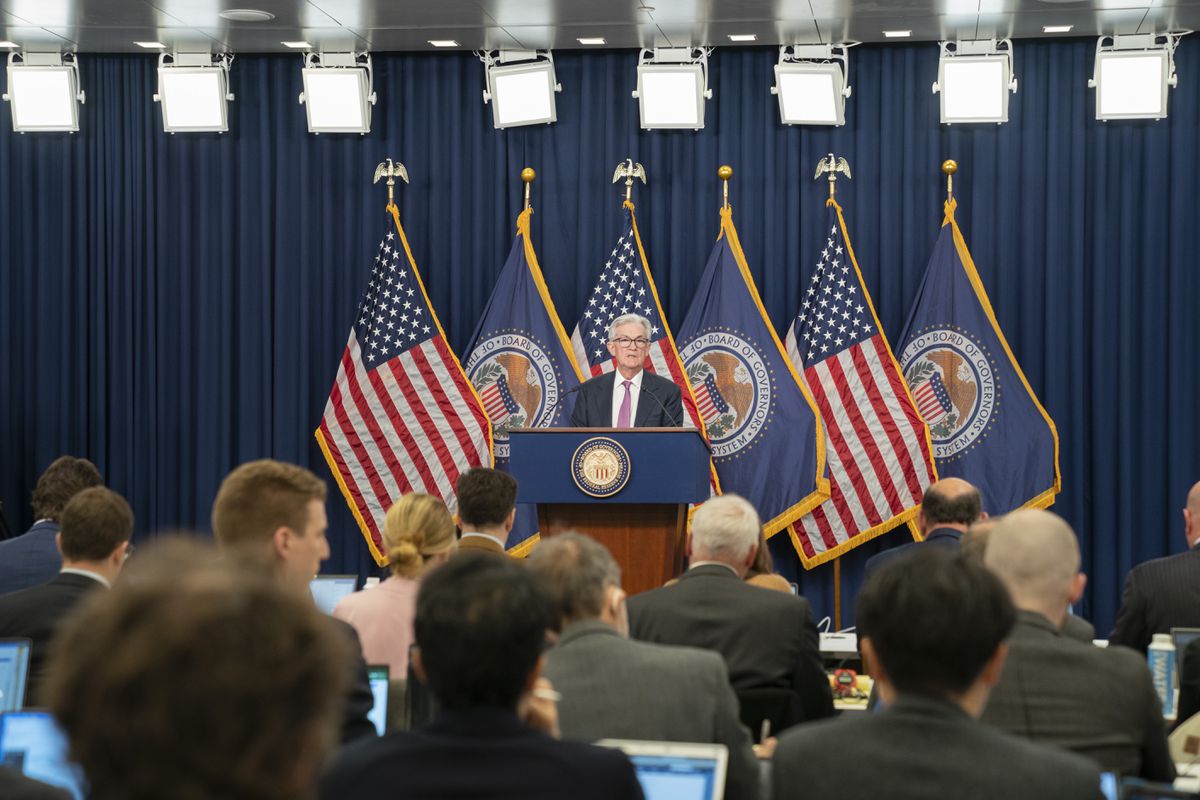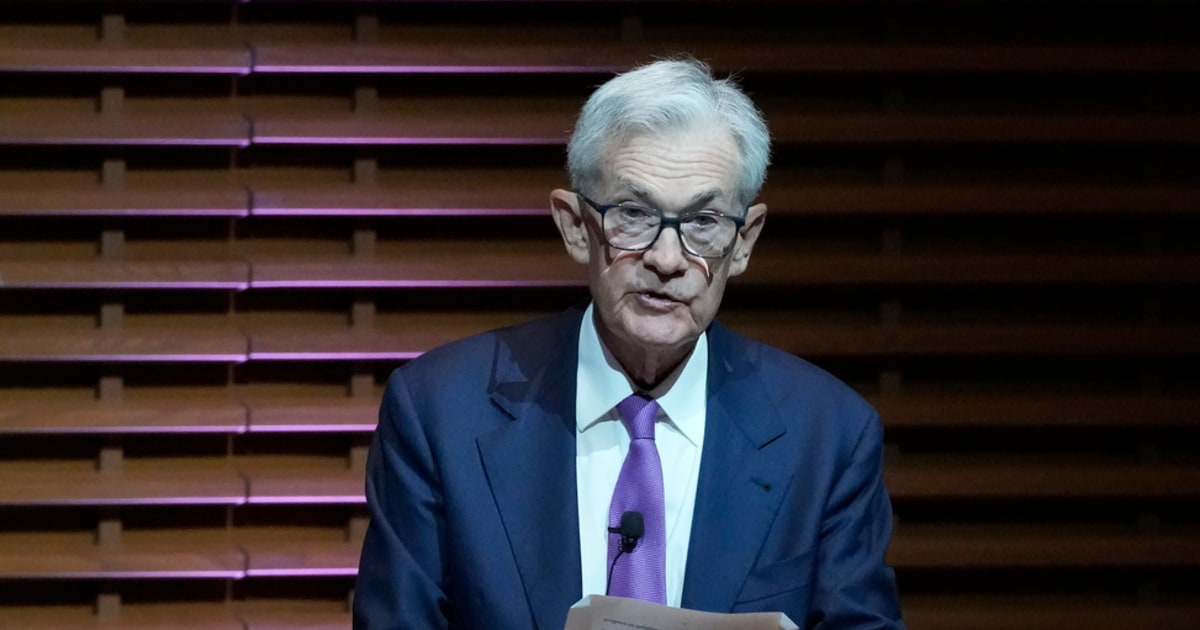Jerome Powell played part of his credibility on Wednesday in the fight against inflation.
The Federal Reserve chairman has made it clear that he is willing to cause a recession if necessary to contain prices, but this week the monetary policy committee was meeting in the midst of a financial storm sparked by the fall of Silicon Valley Bank.
Powell's pulse has not trembled and he has approved the ninth consecutive rise in interest rates.
They are 0.25 points more, until placing the official price of money in the range of 4.75%-5%, the highest since 2007.
What has changed is the statement: “The US banking system is solid and resilient.
Recent events are likely to result in a tightening of credit conditions for households and businesses and affect economic activity, hiring and inflation.
The extent of these effects is uncertain.
The Committee remains very attentive to inflation risks," says the Fed.
It has also changed the way the central bank refers to next moves.
Earlier he talked about the need for additional rate increases.
Now the wording changes, which seems to open the door to a pause in the increases: "The Committee anticipates that additional tightening of monetary policy may be necessary in order to achieve a sufficiently restrictive monetary policy stance so that inflation will return to 2% over time.”
Powell appears at 2:30 p.m. in Washington (7:30 p.m. in mainland Spain) to give an account of the decision.
He will also receive questions about whether supervision of Silicon Valley Bank and other midsize banks has failed.
The Federal Reserve has already announced the opening of an investigation in this regard.
The monetary policy committee has taken into account the financial situation when making its decision.
Inflation has subsided in recent months, but in February it was still at 6% (with 5.5% core inflation), tripling the 2% target with which the Fed defines price stability.
In one year, the Federal Reserve has launched the most aggressive interest rate hikes since the early 1980s. The hike cycle began at last year's March meeting, raising 25 basis points (0. 25 percentage points).
Then came a 50 basis point hike, then four consecutive 75 basis point hikes, until the Fed slowed down with a 50 basis point hike in December and another 25 on February 1.
Powell then said additional hikes would be needed and investors thought there would be another similar hike in March.
The Fed chairman appeared before Congress earlier this month and warned that he could pick up the pace again after January's spectacular employment data and signs that demand was not cooling off.
But days after his intervention, Silicon Valley Bank fell.
Then Signature Bank did it and the contagion spread to other regional midsize banks.
That is why doubts began to arise as to whether or not there would be a rate hike this Wednesday.
The US central bank has already implemented extraordinary liquidity measures to fight contagion from the banking crisis.
Using interest rates to combat inflation and liquidity to preserve financial stability is the path followed by the European Central Bank (ECB) last week.
Even so, the president of the ECB, Christine Lagarde, has avoided committing to continue raising rates further in case the situation gets complicated.
The Federal Reserve is trying to achieve a soft landing for the economy.
It wants to curb demand long enough for inflationary pressures to ease, but not so much that it triggers a full-blown recession.
Still, given the choice, Powell has made it clear that his priority is price stability and that he is willing to cause a recession if necessary to achieve it.
But the instability of the banks and the flight of deposits in some of them can tighten credit conditions as if it were another increase in interest rates.
For this reason, the market has begun to quote lower rates than before in the remainder of the year and is even betting on reductions in the official price of money in the second half of 2023.
Like every quarter, the Federal Reserve has updated its members' forecasts on the state of the economy, unemployment and interest rates.
The forecasts of the members of the Federal Reserve maintain that the rates will be located at the end of this year at 5.125%, that is, in the range of 5%-5.25%, in 2023, to then drop 0.75 points in 2024 and 1.25 points in 2025. The members of the committee foresee a very discreet growth for this year, of 0.4%, one tenth less than in December, but growth after all.
They expect unemployment to stand at 4.6% and inflation to go down, to 3.6% in the index used by the central bank.
[Breaking news.
There will be update soon]
Follow all the information on
Economy
and
Business
on
and
, or in our
weekly newsletter




/cloudfront-eu-central-1.images.arcpublishing.com/prisa/O3URHWIQOUAJHPGYUFW2ZWAF2I.jpg)


/cloudfront-eu-central-1.images.arcpublishing.com/prisa/K63BQCT5FHKKXUWRSFYE4KBNFI.jpg)

